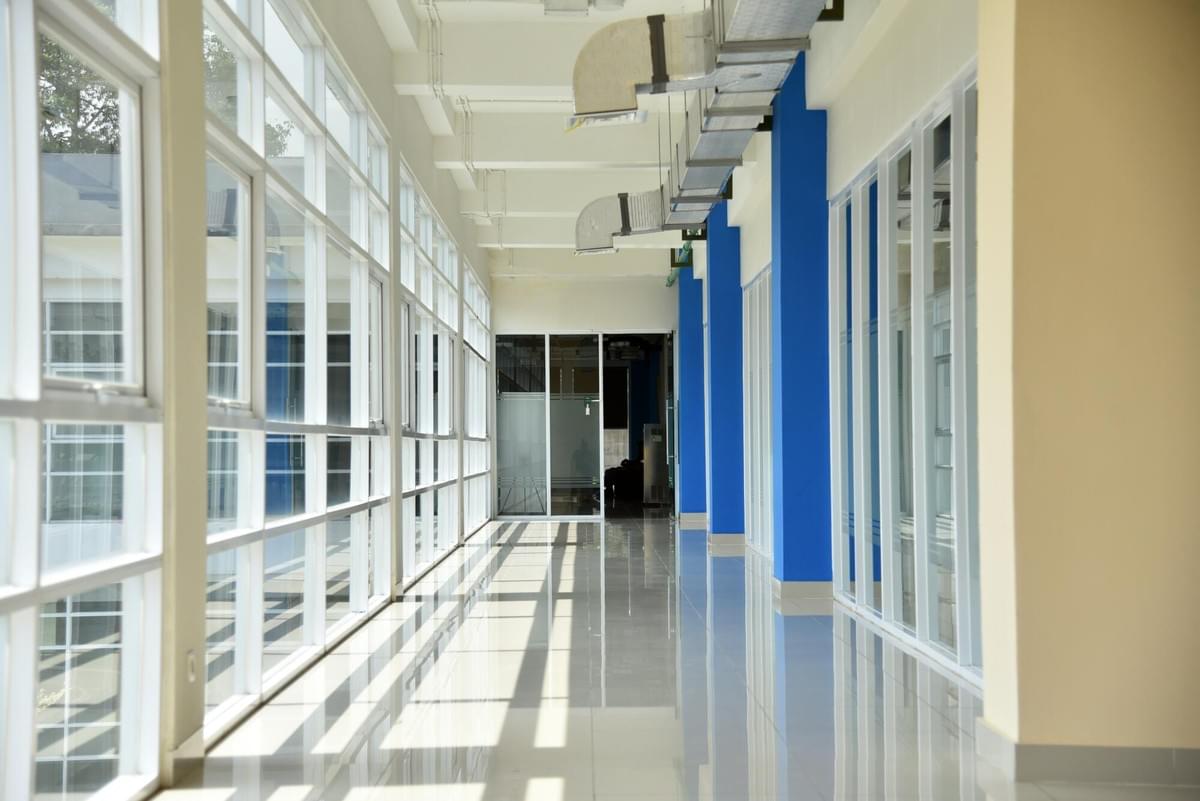
Moisture issues in buildings can lead to a range of problems, from structural damage to health risks associated with mold and mildew. Effective moisture mitigation is crucial for maintaining a safe and healthy environment. When seeking moisture mitigation solutions, it’s important to consider several factors to ensure the chosen methods are effective and sustainable. Here are five key points to guide your decision-making process.
1. Assessment of Moisture Sources
Understanding the sources of moisture is the first step in effective mitigation. Moisture can enter a building through various pathways, including leaks in roofs or plumbing, high humidity, poor drainage, and inadequate ventilation. Conducting a thorough assessment of the property is essential to identify these sources. Professional inspectors can provide detailed evaluations, pinpointing problem areas that need attention. By addressing the root causes of moisture, rather than just the symptoms, you can implement more effective and lasting solutions.
2. Type of Property and Environment
The type of property and its environment significantly influence moisture mitigation strategies. Residential homes, commercial buildings, and industrial sites each have unique challenges and requirements. For example, basements in homes may require different approaches than warehouses with high humidity levels. Additionally, properties located in coastal or flood-prone areas may need more robust mitigation systems compared to those in dry climates. Tailoring your approach to the specific characteristics of your property will enhance the effectiveness of your moisture control efforts.
3. Mitigation Techniques
There are various moisture mitigation techniques available, and the best choice depends on your specific situation. Common methods include:
Dehumidification: Using dehumidifiers can help reduce humidity levels indoors, particularly in basements or areas prone to moisture.
Waterproofing: Applying waterproof coatings or sealants to walls and foundations can prevent moisture intrusion.
Drainage Solutions: Installing proper drainage systems, such as French drains or sump pumps, can redirect water away from your property.
Ventilation Improvements: Enhancing airflow through better ventilation systems can help reduce moisture buildup.
Researching these techniques and consulting with professionals can help you determine the most suitable options for your property.
4. Cost and Budget Considerations
Moisture mitigation can involve significant investment, so it’s essential to consider your budget. Costs can vary widely depending on the complexity of the issue and the methods employed. Obtain quotes from multiple contractors and weigh the costs against the long-term benefits of each solution. Keep in mind that investing in effective moisture mitigation can prevent more costly repairs in the future. It may be worth considering a phased approach, where you implement solutions incrementally based on immediate needs and available resources.
5. Maintenance and Monitoring
Effective moisture mitigation is not a one-time fix; it requires ongoing maintenance and monitoring. After implementing your chosen solutions, regularly check for signs of moisture or mold growth. Establish a routine inspection schedule to ensure that systems are functioning as intended. Additionally, educate occupants about the importance of reporting any moisture issues promptly. Staying proactive can help you catch potential problems early, minimizing damage and maintaining a healthy living or working environment. To know mote about moisture mitigation rhode island visit their web page now.
Conclusion
Moisture mitigation is a critical aspect of property management that requires careful consideration of multiple factors. By assessing moisture sources, understanding property-specific needs, selecting appropriate techniques, budgeting effectively, and committing to ongoing maintenance, you can develop a comprehensive plan to combat moisture issues. Addressing these factors will not only protect your property but also promote a healthier and safer environment for all occupants.